Summer is a season of sunshine, splashing and outdoor fun — but it’s also a time when safety should take center stage, especially for families with young children. Whether you’re heading to the pool, planning a hike or spending the day at the lake, here are key tips to help keep everyone safe this summer.
Water safety
I never thought it would happen to me. It happened in Myrtle Beach at our family condo. My three kids were playing in the lazy river. We’d taken a snack break, and I removed my son’s swim vest. While talking to another mother, I was introducing my kids when I suddenly realized I couldn’t find my son—only his water gun floating along. Then I saw his brown hair just below the surface. I screamed to my husband, ‘Get Liam, he’s drowning!’ Thankfully, he was okay. But it all happened in seconds. One small distraction could’ve become a tragedy.”
This story is a sobering reminder: drowning is often silent and fast. It can happen in less than 30 seconds — even with people nearby. It is a leading cause of accidental death in children, but it’s preventable. One of the most effective safety measures is early and consistent swim education.
Swim lessons build confidence in the water and teach children how to float, tread water and get to safety. According to the CDC, swimming lessons lower the risk of drowning by 88% in children ages 1-4.
Key takeaways:
- Always keep non-swimmers in a Coast Guard-approved life jacket near water, even during breaks. Floaties and pool noodles are toys not safety devices.
- Always supervise: Don’t rely on others to keep watch; designate a “Water Watcher” with no distractions even with strong swimmers.
- Teach kids water rules: no running or diving in shallow water and always swim with a buddy.
- Dress kids in bright colored swimsuits: neon pink, orange neon green, yellow are easiest to see underwater compared to black, brown and blues.
- Consider learning CPR: classes offered through American Red Cross or American Heart Association are a great resource for families to learn CPR.
- When swimming at the beach, pay attention to any posted flags or warnings to prevent being caught in a rip current.
Sunscreen tips
Sunburns hurt more than just skin. One blistering sunburn in childhood doubles the risk of melanoma later in life.
- Use broad-spectrum sunscreen (UVA: antiaging and UVB: anti burning) with SPF 30+ and apply 15 minutes before going outside for children 6 months and older. You may use mineral based sunscreen on infants < 6 months if protective clothing or shade is not available.
- Reapply every two hours or after swimming or sweating.
- Consider avoiding outdoor play in direct sunlight between 10 am-4 pm when sunrays are the strongest.
- Don’t forget ears, feet and the back of the neck.
- Cover up with hats, sunglasses and UPF-rated clothing or rash guards when possible.
- Check expiration dates so sunscreen doesn’t lose its effectiveness.
- Everyone regardless of skin tone and age should wear sunscreen as skin cancer doesn’t discriminate.
- Avoid sunscreen with oxybenzone.
Tick safety
Spending time in wooded or grassy areas? Ticks are most active in the summer months and can carry diseases like Lyme disease.
- Dress defensively: Wear long sleeves and pants when hiking or camping. Tuck pants into socks to prevent ticks from crawling under clothing.
- Use insect repellent: Products with DEET, picaridin or oil of lemon eucalyptus. Always follow label directions.
- Perform daily tick checks: Especially after outdoor play — check the scalp, behind ears, under arms, around the waist and behind knees.
- Shower after outdoor activities: A quick rinse can wash off ticks before they attach.
- Remove ticks promptly: Use fine-tipped tweezers to grasp the tick close to the skin and pull upward with steady pressure. Do not worry about saving the tick, testing is expensive and lengthy and doesn’t change clinical management.
- Call your pediatrician if the tick may have been attached for 36 hours as your child could be eligible for antibiotic prophylaxis to prevent Lyme disease within 72 hours of removal.
Never leave a child in a hot car
Even on mild days, the temperature inside a parked car can soar to dangerous levels in minutes. Heatstroke is the leading cause of non-crash vehicle-related deaths in children.
- Always check the back seat: Make it a habit to open the back door every time you park.
- Keep a reminder: Place a purse, phone or shoe in the back seat next to your child.
- Lock your car: Prevent children from playing inside an unattended vehicle.
- Use technology: Many cars and car seats now have alerts or apps to remind you that a child is in the back seat.
- Call 911 immediately: If you see a child or pet alone in a vehicle, take action — every second counts.
Children’s bodies heat up 3-5 times faster than adults’. Even a few minutes can lead to heatstroke, brain damage or even death.
A little preparation goes a long way in making summer both fun and safe. Bright swimwear, tick awareness, hot car precautions and proper swimming instruction aren’t just smart — they can save lives. Enjoy the season with confidence, knowing you’re equipped with the tools to protect your family.
 https://riseandshine.childrensnational.org/wp-content/uploads/2025/09/parent-hugging-child-feature.jpg
300
400
Danielle Robbins
https://riseandshine.childrensnational.org/wp-content/uploads/2017/11/childrens_riseandshine_logo.jpg
Danielle Robbins2025-09-22 11:04:052025-09-22 11:04:05Reunited and it feels so good: Getting your family back together after disasters and emergencies
https://riseandshine.childrensnational.org/wp-content/uploads/2025/09/parent-hugging-child-feature.jpg
300
400
Danielle Robbins
https://riseandshine.childrensnational.org/wp-content/uploads/2017/11/childrens_riseandshine_logo.jpg
Danielle Robbins2025-09-22 11:04:052025-09-22 11:04:05Reunited and it feels so good: Getting your family back together after disasters and emergencies



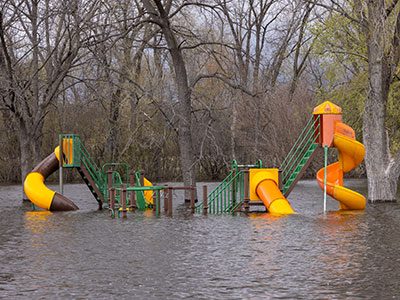
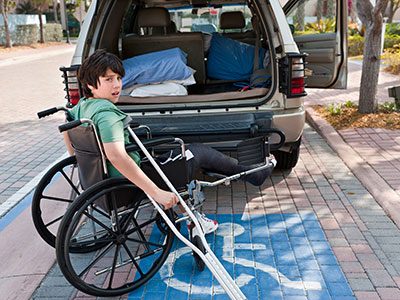
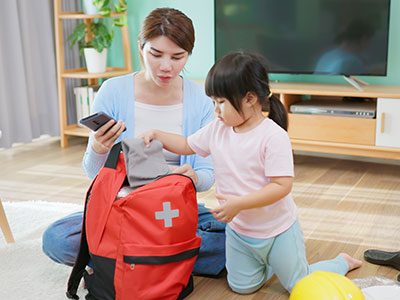





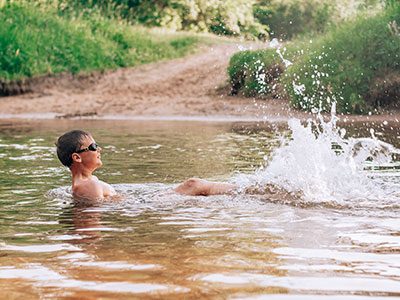
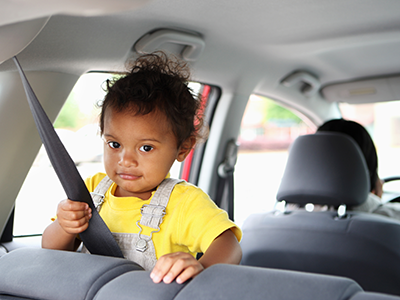
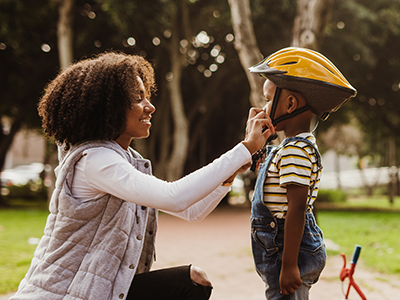
Leave a Comment
Want to join the discussion?Feel free to contribute!